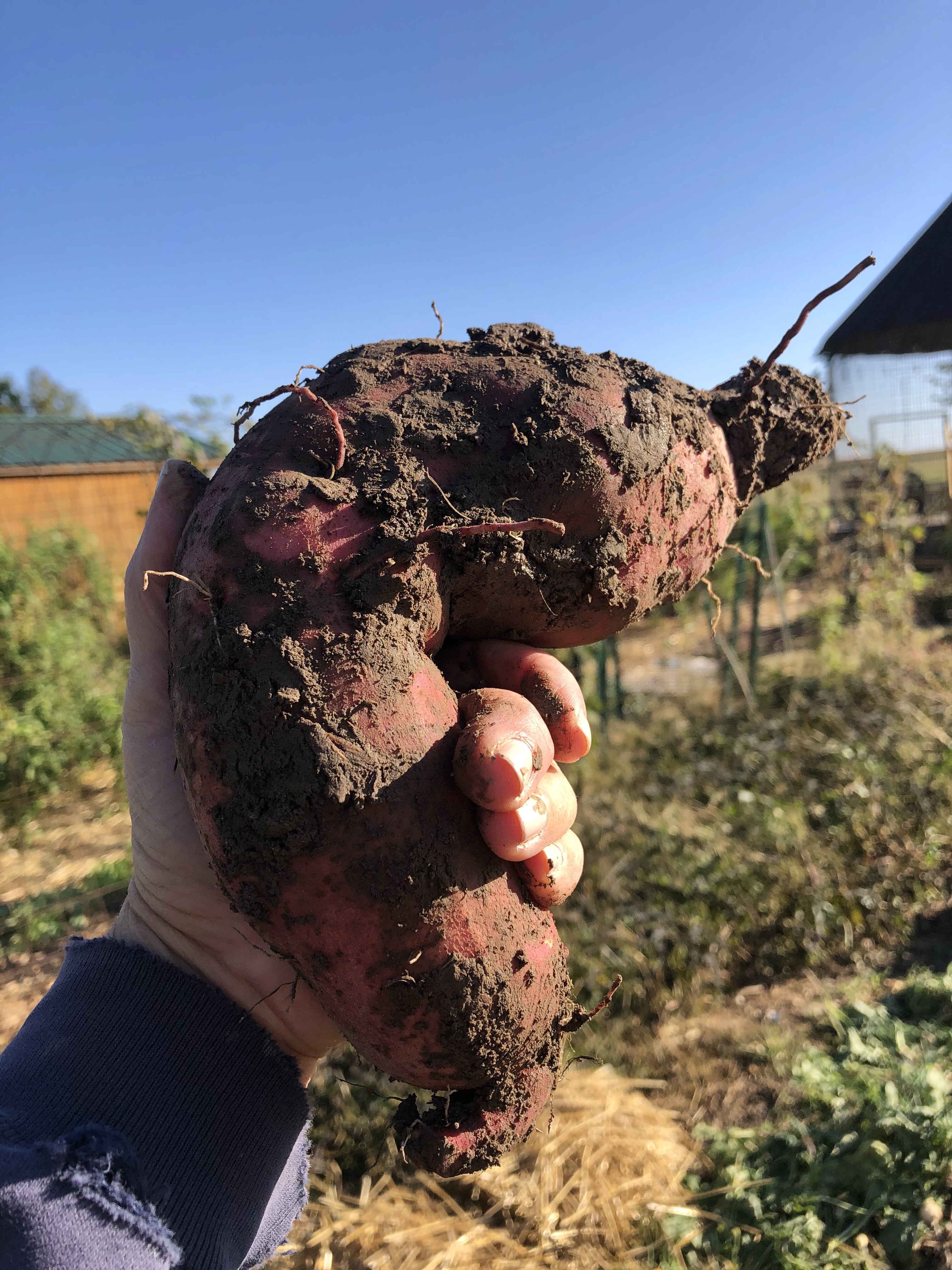Your cart is currently empty!
Tag: naturally grown
-

-

Healthy Food Choices
Everyone wants to be healthy these days. But with all the hype, it’s hard to know what to do. The labels abound: Non GMO, Organic, Naturally Grown, Clean Eating. What do these mean? How can you make an informed choice? What are we thinking at Five Feline Farm? Let’s take the labels one at a…
